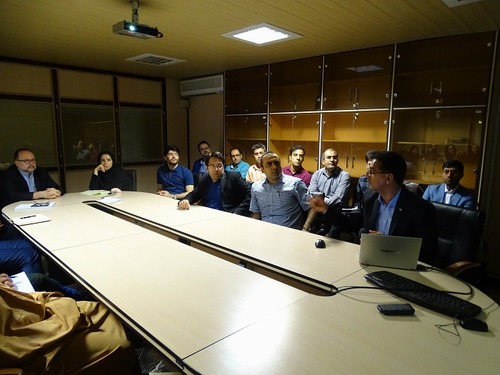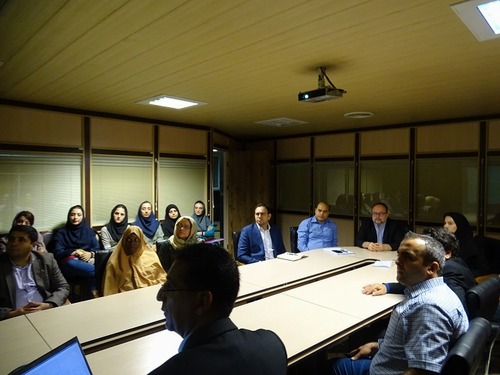Application of nanostructures for preconcentration and determination of biological compounds and elimination of pollutants and drug delivery

The topic of discussion on 11th June, 2018 at Journal Club Meeting was the ‘Application of nanostructures for preconcentration and determination of biological compounds and elimination of pollutants and drug delivery’. Nanostructure materials developed in various forms and sizes between nano and micro dimension. The unique physical, chemical and biological properties of these nanostructures tailored to achieve their desired applications for several biological compounds, activity against bacteria, adsorption of pollutants and for the delivery of drugs. The smaller surface area of nanoparticles increases its interactive, chemical activity and adsorption capability of heavy metals. Nanostructures developed sophistically to improve solubility and bioavailability for controlled drug release into the biological system. Nano materials such as activated carbon, grapheme, ferric oxide, magnesium oxide, manganese oxide, titanium oxide and zinc oxide used to develop sophisticated nanostructures for the removal of heavy metals. Organic and inorganic pollutants can be removed by nanostructures developed from the use of nano-catalysts e.g. Fenton based catalyst, photo catalyst and electro catalysts. Carbon nanotube membranes, hybrid nano-membranes and electrospun nanofibers used to remove dyes and heavy metals for their potential activity in removing pollutants and toxins. Nanostructures used for removal of heavy metals and various toxin developed in a way, that the final product is nontoxic to prevent any health hazards. Nanotechnology and nanoscience help developing variety of efficient, cost effective and eco-friendly nano-materials for variety of applications.





Send to friends